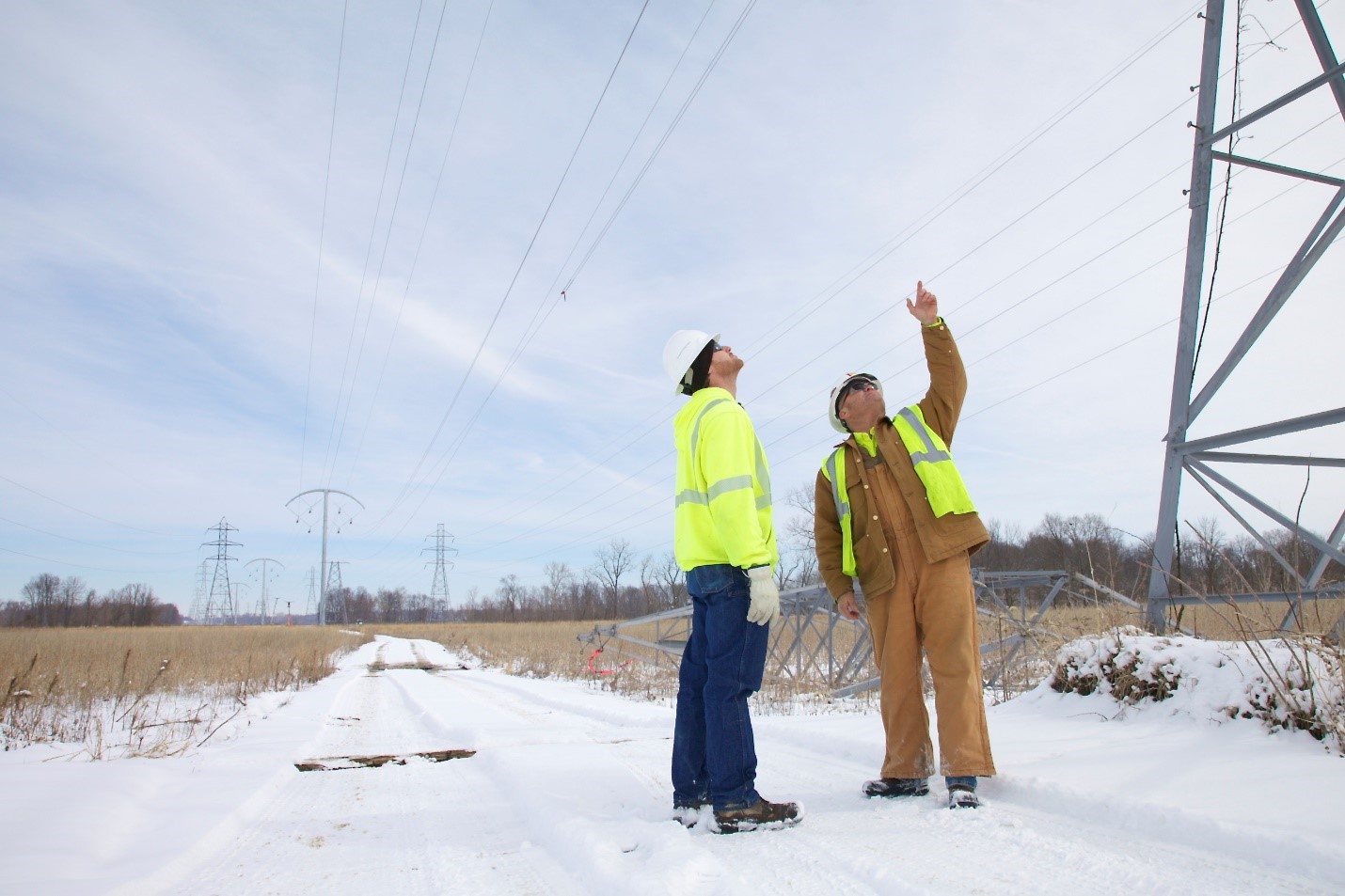How To Save Electricity During Winter Peak Demand Conditions

When the weather gets extremely cold, it’s natural to want to turn up the thermostat setting and seek relief from the elements, but how and when you heat your facility, as well as how you conduct business can make a big difference for your bottom line, the planet, and how the electric grid weathers the challenge.
These strategies can help make a difference:
1. Know and avoid your peak
Peak demand is when electricity use is high and electricity supply is constrained, which can occur when the weather gets much cooler than normal and heating demand is at its highest or when there is a mismatch between the time of energy use and available supply.
Reducing energy use during peak times can have a beneficial effect on electric rates over time because it can avoid the need for PSO to ramp up an additional power plant or to buy more expensive power from the market. And, if you are on demand-based rates, reducing energy use can more immediately impact your pocketbook.
During peak extremes, you may be asked by PSO and/or the regional transmission organization Southwest Power Pool to conserve energy. Doing your part can help prevent the strain on the electrical grid during this time.
2. Inspect and maintain your heating system
Have your furnace, boiler or heat pump inspected annually – it’s your main source of comfort from outdoor temperatures – and as part of this process, clean all heat exchanger surfaces, refrigerant and water coils, condensers, and evaporators.
The most expensive heating cost is the furnace itself. Change filters monthly or as recommended by the manufacturer to keep your furnace running efficiently. Dirty filters make the system work harder and use more energy than necessary.
Ensure that areas in front of vents are clear since you can use 25% more energy to distribute air if your vents are blocked.
3. Adjust your thermostat settings
Turn down your thermostat to protect your bottom line. In the wintertime, heating your business could be one of your largest expenses. The Department of Energy recommends setting your thermostat to 68 degrees. That may seem chilly but making a change of just two degrees can save or cost you over 8% on your energy bills.
During winter peak, if you have an ENERGY STAR® certified smart thermostat with a smart device interface, use it to drop the temperature setting when your facility is unoccupied and warm it up before anyone arrives the next working day.
4. Add to the heat
On sunny days, keep shades and blinds open on the south side of your shop or office. Close them at dusk. Let the sun naturally warm your space – no energy needed!
5. Keep in the heat
Keep exterior doors closed while running your heating system. It sounds simple, but it will help avoid wasteful loss of heated air. If your building is equipped with revolving doors, encourage or require their use as opposed to swinging doors.
Seal all air leaks in your building. Check seals on doors, windows, hatches, and electrical outlets. Sealing and insulating ducts can improve the efficiency of your heating and cooling system by nearly 20%.
6. Take stock and plan future energy improvements
To prepare for more extreme weather events in the future, it’s a good idea to take stock of the age and condition of insulation, windows, and major equipment, so you can plan your upgrades and avoid expensive emergency replacements.
A building that is well sealed and insulated can maintain a desired temperature for longer. If needed, adding insulation may be one of the most cost-effective investments you can make in your facility.
Before beginning any project, reach out to PSO to learn about available PSO incentives on energy efficient upgrades!
Find more tips on ways to save energy at your business and help lower your energy usage here.